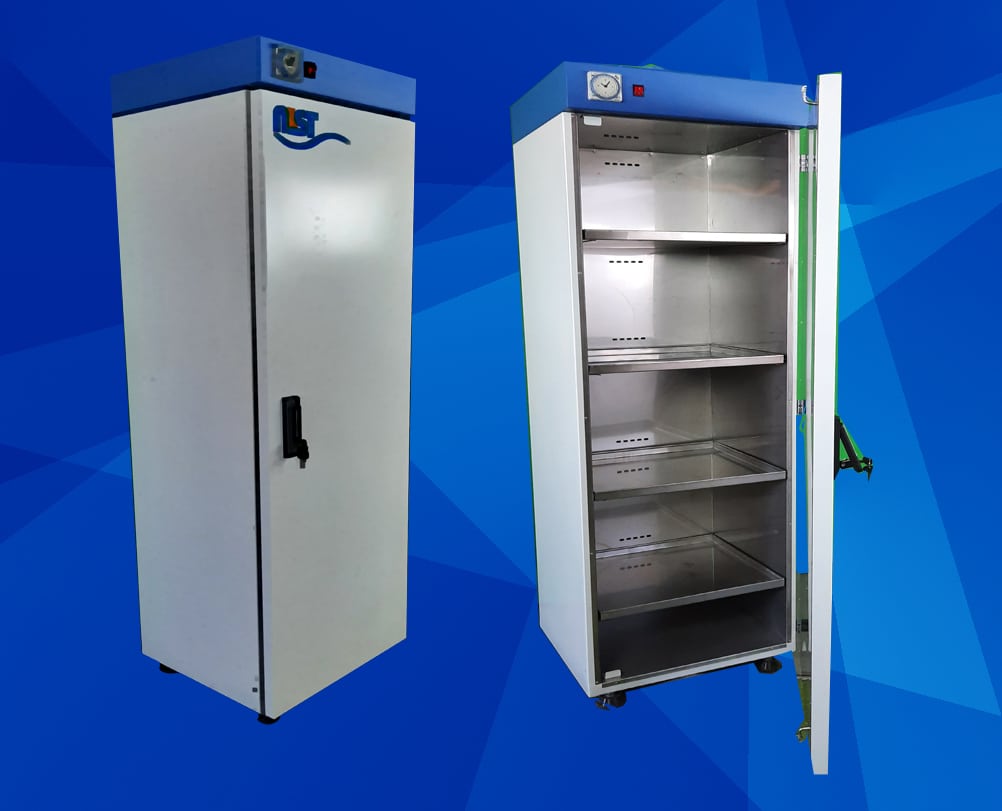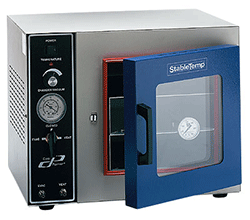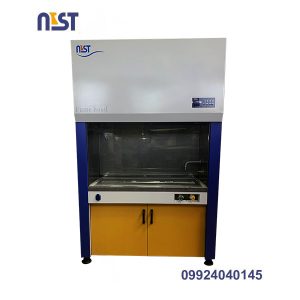- تاریخ انتشار: 10 مهر 1401

For many companies, chemicals play an important role in day-to-day business operations. Whether these are proprietary materials used in the manufacturing process or solvents used for cleaning or degreasing, hazardous materials abound in the workplace.
The most important action to reduce the risk of chemical exposure to employees or the environment is proper storage and handling.
For many hazardous chemicals, it is recommended that they be stored out of reach of the public in appropriate chemical storage cabinets and handled by specially trained personnel if necessary.
Identify your chemicals
Before rushing out and buying, a starting point is to determine the types and variety of chemicals used in your facility. Every chemical used in your operation should have a Material Safety Data Sheet (MSDS).
The MSDS will have information on proper storage requirements for each chemical used in your operation. Among other things, they must answer the following questions:
Is the chemical flammable?
Is the chemical corrosive?
Does this chemical need to be stored at room temperature?
Is this chemical an oxidizer or a reducer?
Is chemical light sensitive?
Does this chemical require special methods?
Typical storage considerations
After understanding the characteristics of the chemicals you are storing, there are several factors to consider. Typical considerations include:
Temperature control
Ignition control
Proper ventilation
Chemical separation
Chemical identification
Chemical separation
Keeping chemicals properly separated is important for employee safety. Proper separation ensures that incompatible materials prevent unwanted contact. Fire, combustion, violent chemical reactions, and toxic or noxious gases are all consequences of improper separation of chemicals.
Acids should not be stored with bases. Oxidizers should not be stored with organic or reducing agents. Best practices include a physical barrier and/or separate storage areas for proper segregation where possible.
Considerations for storage cabinets
When choosing the cabinets used for separating chemicals, the first consideration should be the compatibility of the chemical with the materials used in the construction of the cabinet.
When looking at metal cabinets, the corrosive properties of chemicals must be considered. For example, corrosive substances such as strong acids or caustics (strong bases) are likely to corrode most metal-framed cabinets. Acids such as sulfuric acid, nitric acid, chromic acid, acetic acid and hydrofluoric acid and common bases such as ammonium hydroxide, potassium hydroxide (caustic potash) and sodium hydroxide (caustic soda) should never be stored in metal.
A better choice for these materials would be non-metallic or epoxy painted cabinets. They will provide a longer service life with strong corrosive materials.
For flammable materials, metal storage cabinets may be the recommended choice. There are lockers available exclusively for flammable materials that minimize damage and risk to your facility and employees in the event of an accident or spill.
Other safety considerations
There are other considerations when choosing chemical storage cabinets, including the size of your storage space and the amount of chemicals in it.
In addition to chemical compatibility concerns, the safe transportation of chemicals requires weekly inspections of chemical storage areas and strong inventory control. Make sure all chemicals are properly labeled and stored properly, including tight caps at all times. Chemicals should never be stored on benches, chimneys on the floor, in traffic corridors. Shelves should never be overcrowded and items should not be above eye level.
If your company is redesigning your storage areas, or reevaluating your hazardous waste practices, consider a hazardous waste startup.
A hazardous waste inspection from an experienced and properly licensed hazardous waste company evaluates your hazardous waste practices. Areas of focus include:
Manifestation of garbage
Hazardous waste procedures
Assessment of waste storage
emergency preparedness
Assessment of hazardous waste
Employee training steps
Experienced, code-compliant technicians can identify areas of concern and provide cost-effective and simple solutions to hazardous waste violations. They can assess your storage areas and provide reasonable and cost-effective recommendations for your storage needs.




دیدگاه شما